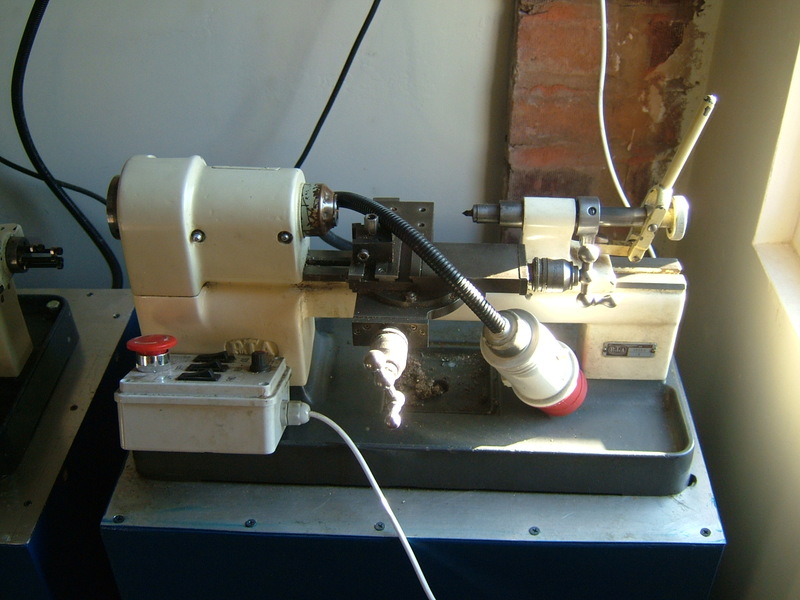As already stated you can get accuracy out of most machines but to be honest for clock or instrument making you will want something a little better.
You are almost certainly going to need a collet accepting lathe for clock making (I almost wrote for clockwork). One to lookout for is the Pultra 1750 , there's usually more than one on Ebay although often at silly money, but lets face it you get what you pay for.
You can get some bargains if you are prepared to do some refurbishing. This is mine and although I have a Boxford "A" I wouldn't be without this little beauty , and you can wheel it ito the kitchen when it's too cold in the workshop. These lathes are rigid enough to remove 1/2 a thou " with good tooling.
Getting what you have into a useable state will be a useful exercise and I think Gamage type lathes are getting quite rare now , a few years ago they were fairly common , often with cracked or broken headstock bearings , I had one which I Sifbronzed and re-machined by hand , off the tailstock.
Anyway best of luck and just ask if you need anything.
Dan.
























![DreamPlan Home Design and Landscaping Software Free for Windows [PC Download]](https://m.media-amazon.com/images/I/51kvZH2dVLL._SL500_.jpg)


























